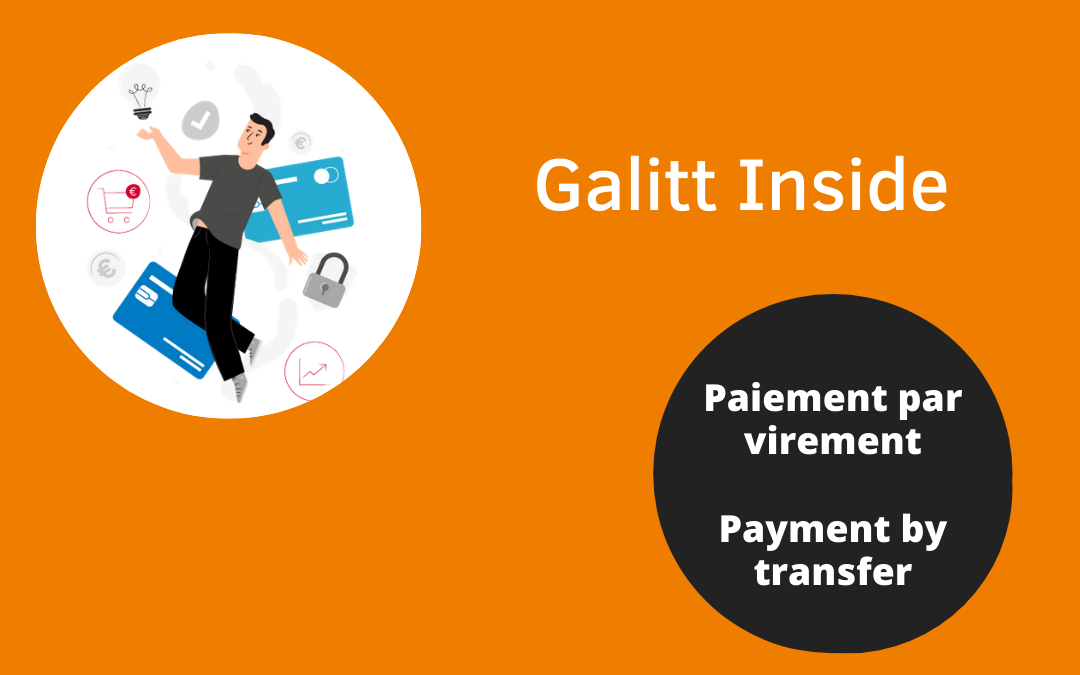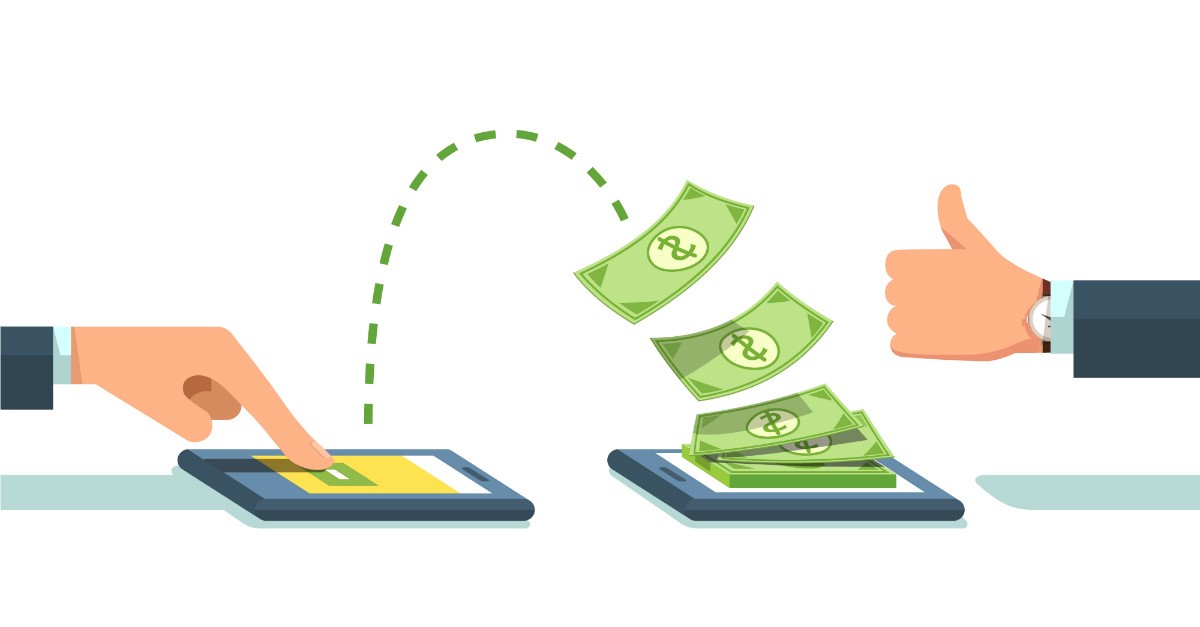How payment by transfer finds its place in the e-commerce landscape

In the growing family of payment means, we can recently find a concept of payment by transfer, directly resulting from the application of Open Banking allowed by the second Payment Services Directive (PSD2). The goal is simple: to offer an additional alternative to online payment, more secure and less conducive to fraud.

The bank transfer in replacement of the card
After bank cards and other electronic wallets, credit transfers are joining the list of payment methods offered by online merchants. E-commerce is constantly expanding and Fintech and other payment players are looking at ways to improve the online shopping experience and make it as secure as possible. Online payments are indeed relatively young compared to traditional means and still need guidance to face new digital threats.
Although the credit transfer is not a new payment instrument per se, it is now experiencing renewed interest in a new form: the initiation of transfers or “open-banking” transfers. Made possible by the creation of the new PISP status, online transfers for paying for purchases are starting to appear in some e-merchants. Bankin’, for example, has concretized the implementation and application of payment by transfer with some of its partners.
This is the case for Floa Bank (ex-Banque Casino) which relies on Bankin’ Bridge’s APIs to offer this payment solution to its merchant customers. The targeted advantages are therefore :
- Much higher payment limits than when paying by credit card.
- A pre-filled payment interface, where the consumer will not have to provide any additional information to validate his purchase.
- A reduced risk of fraud by replacing this step of entering banking information with a secure payment link, redirecting the buyer to his online banking space.
- Authentication of the transaction via the digital banking interface.
Making an online payment by transfer is therefore potentially faster than paying by card. The pre-entered information allows the consumer not to have to enter his bank details, making the collection experience smooth and frictionless and limiting the risk of data entry errors.
The advantages of this new digital payment method are numerous and make the bank transfer for the purchase of products and services online an option considered by more and more merchants. Faster and more secure for the customer, less expensive and easier to manage for e-merchants: the formula seems to be a good one, and could become established in the family of digital means of payment, once the consumer is accustomed to this new route.
A common means of payment in some European countries
In fact, these transfer payment solutions are already in place in some European countries, particularly in the United Kingdom, where payment innovations are rapidly being adopted by consumers, as was the case with contactless payment a few years earlier. Open Banking has been pushed there by the FCA since 2018, which encourages the implementation of these new payment concepts.
From this opening, various proposals from the British payment players have emerged. Natwest Bank has been trying out these new instant transfer solutions since 2019, as has Barclays, which deployed its Pay By Bank solution the same year. More recently, HSBC also joined the race with its Open-Payments solution. As you will have understood, payment by transfer is already a principle known and applied by the largest British banks.
The Nordic countries are also among the pioneers in payment innovation. In Sweden, the Swish mobile payment application has become a household name with more than 7 million users. Many shops are now refusing to accept cash, as the application has become so popular in Swedish consumers’ consumption habits. Thanks to its success, Swish has been developing e-commerce and point-of-sale payment solutions ever since.
In Denmark and Norway, the NETS processor has been offering an Instant Payment service since 2013. More recently, this instant transfer solution has been made available on the Vipps wallet, used by nearly 80% of the Norwegian population. The huge and growing influence of these applications in the Nordic countries will allow Instant Payment to be tested by more and more consumers. And this movement should facilitate the acceptance of the transfer by end customers.
The other European payment players will nevertheless have to think about ways to implement this new method without too violently disrupting the population’s consumption habits, since, with the exception of a few countries, the bank card remains the most widely used means of payment in Europe. Nevertheless, instant transfers have joined the growing family of payment methods, and we must give them time to become a real alternative to credit card payments.



